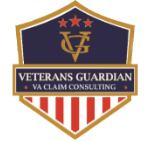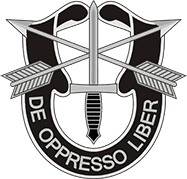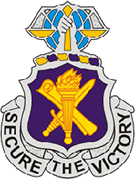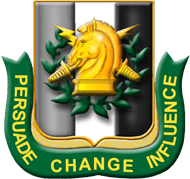History of the JFK Special Warfare Museum
The JFK Special Warfare Museum operates under the umbrella of the United States Army John F. Kennedy Special Warfare Center and School (USAJFKSWCS), the schoolhouse for Special Forces, Civil Affairs (CA), and Psychological Operations (PSYOP). Maintenance of the collection falls under the regulatory and functional guidance of the United States Army Center of Military History (CMH). In 1986, the JFK Special Warfare Museum was charged as the United States Army Special Operations Command’s (USASOC) agent for the preservation of the USASOC material culture both on Fort Liberty and at off-site locations.
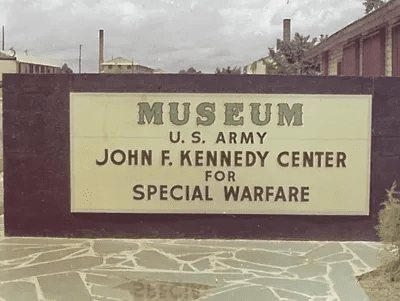
BG William P. Yarborough, the Commander of the US Army Center for Special Warfare/US Army Special Warfare School in 1960, developed an encompassing plan to ensure the inculcation of the US Army Special Forces within the US Army. As part of his vision, he included a museum. He felt that a museum would visibly indicate the unit’s stature to the rest of the Army while educating the rank and file about their lineage and history. Initially, the museum’s mission was parochial, exclusively spotlighting the history of Special Forces. However, the mission has evolved over the past 45 years and now encompasses the PSYOP and CA branches.
Between 1962 and 1978, the museum was in a wooden orderly building on Gruber Road. Manned by Special Forces NCOs detailed to the facility, they scrounged whatever they could. The museum existed on end-of-year funds and monies dropped in the donation box. PSYWAR/PSYOP personnel constructed exhibits. Unfortunately, the scheduled demolition of many World War II-era wooden buildings after the Vietnam War and the expansion of Gruber Road and Reilly Road threatened the museum’s future. In 1978, the museum closed until its new home in the classroom half of building D-2502 on the corner of Ardennes and Marion Streets was completed.
Since 1980, the museum has slowly expanded and upgraded its footprint. Storage, initially maintained in a wooden building behind the Smoke Bomb Hill Chapel and on the edge of the Military Assistance Training Advisor (MATA) Mile, a running trail, was moved to bldg. D-1307, a concrete warehouse-specific space. In 1995, the museum assumed the remainder of bldg. D-2502. The museum acquired two bays in a building behind it for its exhibit fabrication shop in 1999. When the museum acquired the entire building, the Museum Association funded the effort to reface and renovate the building to look more like a museum instead of an office and classroom space. The museum’s renovation included the gift shop, restrooms, and lobby enlargement. Further refurbishments permitted the addition of another exhibit gallery of 400 sq. feet on the other end of the building. This exhibit illustrated Special Operations Forces (SOFs) role in the Global War on Terror.
In 2005, the USAJFKSWCS campus plan was approved and received MILCON funding. Unfortunately, the scheduled construction of the new Training Command building forced the museum to move. In 2016, renovation began on Building D-2815 across from the USAJFKSWCS Chapel. The renovation tripled the size of the museum galleries and consolidated the museum administrative offices, library/conference room, arms room, and exhibit fabrication shop in one building. In 2017, the museum moved into the newly renovated space. The museum still maintains storage in another building. Exhibits are divided into three continuous galleries: WWI to 1959, Vietnam to 1990 operations, and the modern conflicts resulting from 9/11.
In early 2020, the command authority of the museum transferred from USAJFKSWCS to the USASOC History Office. Due to the transfer and complications caused by COVID-19, the museum was closed to the public, and the museum’s staff completed a 100% inventory of the museum’s holdings. In August 2020, after an outcry from the community about the museum’s extended closure, USASOC established a Museum Advisory Board of retired Officers and NCOs to advise USASOC on the best way forward. USASOC accepted the advisory Board’s recommendation to transfer the museum back to USAJFKSWCS and to re-open after COVID-19 restrictions. The museum re-opened on April 1, 2021.

